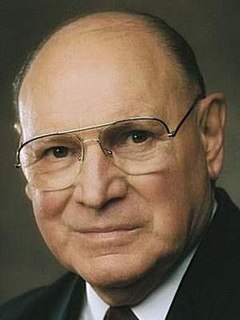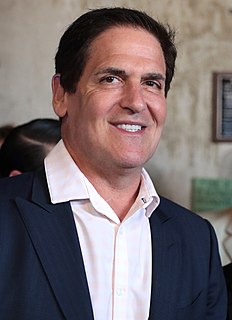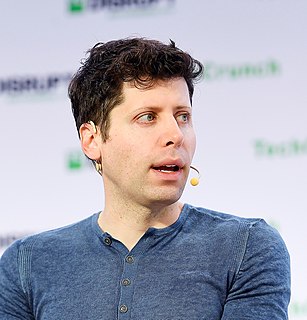Top 124 Quotes & Sayings by Steve Blank
Explore popular quotes and sayings by an American businessman Steve Blank.
Last updated on April 14, 2025.
The Lean Startup is a process for turning ideas into commercial ventures. Its premise is that startups begin with a series of untested hypotheses. They succeed by getting out of the building, testing those hypotheses and learning by iterating and refining minimal viable products in front of potential customers.



















